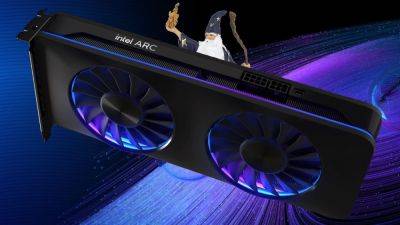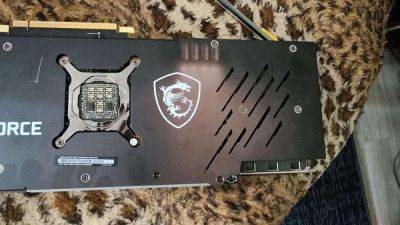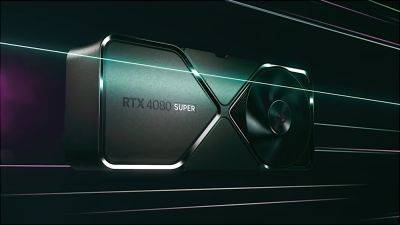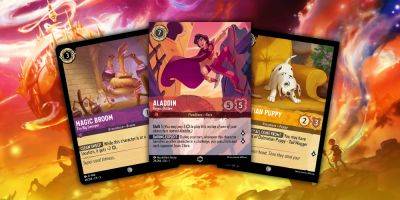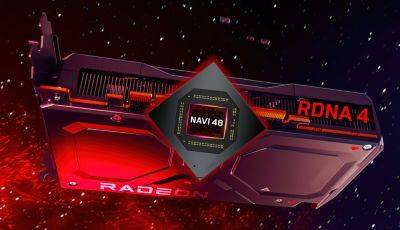This home-brew GPU built by a lone enthusiast is a slightly labour-intensive way to avoid painful graphics card prices
Fed up with silly graphics card prices? Then build your own, including the GPU itself, the PCB, drivers the works. That sounds like a silly, perhaps impossible, notion given the complexity of modern graphics cards. Heck, even the might of Intel has struggled with many aspects of entering the GPU market with its new Arc cards.
But that didn't stop a software engineer, one Dylan Barrie, from making his own (via Tom's Hardware). We give you the magnificent FuryGpu. It's based on a Xilinx FPGA or Field Programmable Gate Array, which is basically a chip that can configured or programmed for specifics tasks. It's a little like a blank silicon slate that can be reconfigured from a CPU to a GPU or anything in between.
There are pros and cons to FPGAs. They'll never be as good as true dedicated silicon for specific tasks. But the offer far more flexibility than a dedicated design. Anyway, Barrie apparently spent four years developing FuryGpu and the result is a home-brew GPU with what he says is a roughly mid-90s feature set and the ability to run the original Quake at 720p and 60fps.
If you're wondering about the specs, they go something like this:
Not exactly an RTX 4090, then, but you trying making a GPU at home. Speaking of which, while the lay observer might imagine its the physical aspects of building your own GPU, working out how to turn a generic FPGA into a graphics chips, designing the PCB and so on, it turns out that it was in fact doing the Windows driver that was the most painful aspect for Barrie.
He also says clear opportunities for even better performance remain, all of which provides an intriguing insight into the difficulties Intel has had getting its driver quality up to speed. On the other hand, the fact that a one-man band can get a functional GPU up and running puts a rather different spin on the received wisdom that the barriers to entry are impossibly high in the graphics market.
Best CPU for gaming: The top chips from Intel and AMD.
Best gaming



